Testing of house wire cables for freedom from defects
House wire is a common term we have all heard and probably used when wiring in the house or observed an electrician working on house wiring. We feel very confident that once we follow the color codes as well as information stamped on the cable, there will be no issues with short circuits or overheating etc. Where does this confidence come from? It is the trust we have in our National Codes and the tests carried out by the manufacturers to ensure flawless high-quality products.
It is very important that certified wire is used in products, specially where humans interact with, for safety reasons. Wire quality issues can cause not only electrical failures in products, but also pose safety hazards to users like electrical shock, and fire. Fortunately, safety-conscious, and responsible manufacturers are always there to carry out necessary quality tests and ensure that defective products are weeded out.
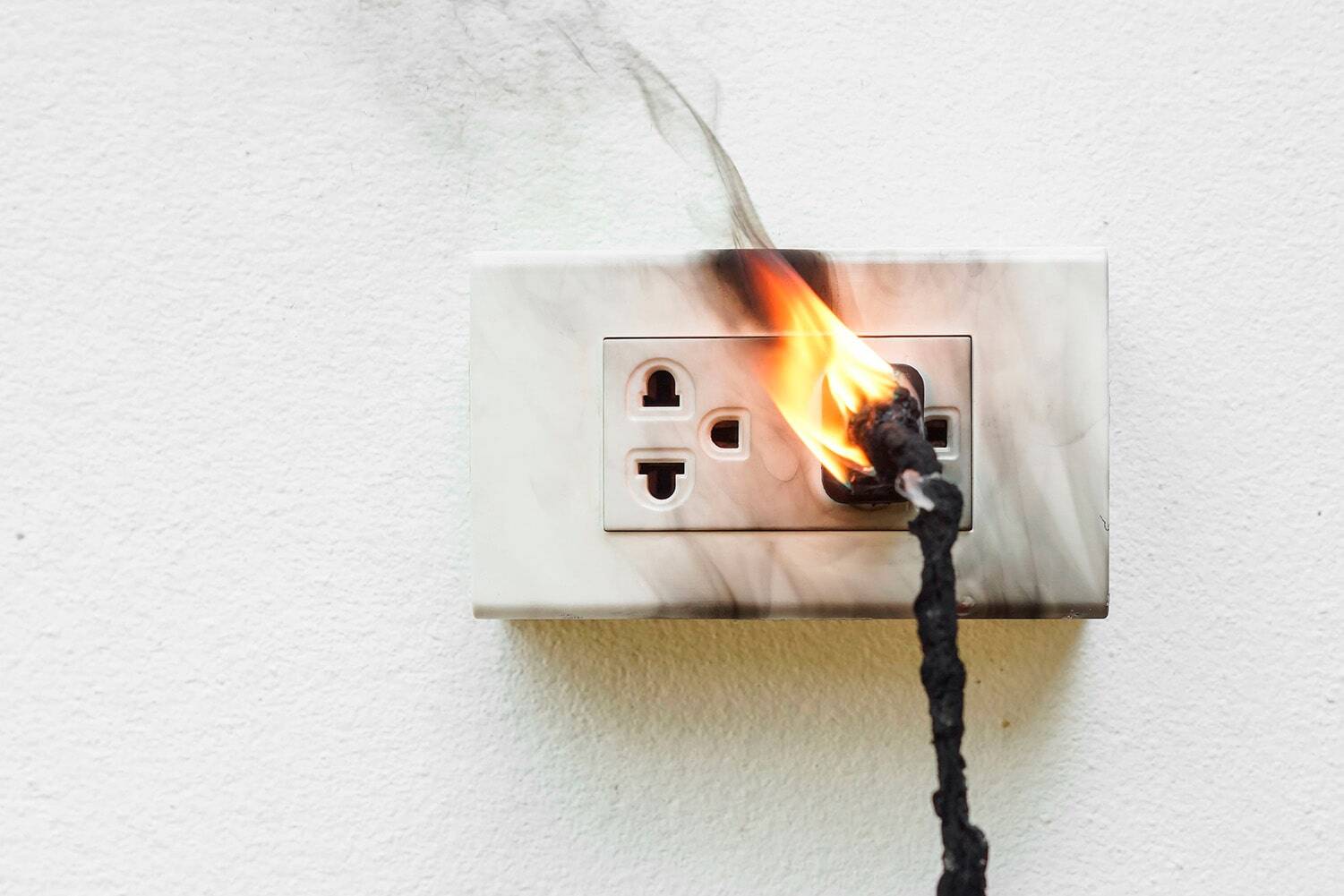
So, what kind of defects could occur in these products and how are they inspected to ensure these are sorted out and only defect-free products shipped out to customers?
Speaking to a few manufacturers we learnt that some of the commonly occurring defects are wire breaks, missing conductor/s, wrong gauge of conductor, insulation "slicing", cracking, local rupturing, insulation porosity, impurity inclusion, increase or decrease in the outer insulation diameter. Various testing techniques and instrumentation are used to identify and sort out these defective products. Often a single technique can be used only for detecting a specific type of defect.
Use of eddy current testing for house wire cables
Eddy Current testing is one of the techniques that can be used for detecting multiple defects. This makes the technique more attractive in terms of asset management as well as cost effectiveness. Presently, a few of the cable manufacturers have inspection equipment that use multiple test coils and are cumbersome to set up. These reduce the reliability and reproducibility of the solution and as we all know these parameters are key to any solution.
A single Eddy Current instrument in combination with a single eddy current test coil can be very effectively used to detect wire breaks, missing conductors, and wrong gauge in the cable given a customized setup and configuration for the application. Several studies have been carried out to establish the efficacy, repeatability, and reproducibility of these tests. The following screenshots from an Eddy Current Instrument from FORSTER show some of the capabilities of the technique and instrumentation.
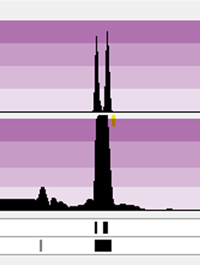
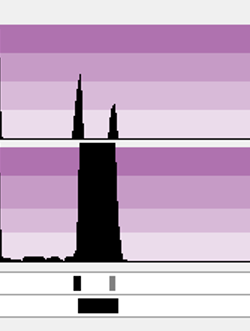
Figure 1 and 2: Indication of a wire break length 2.7" and 7.5"
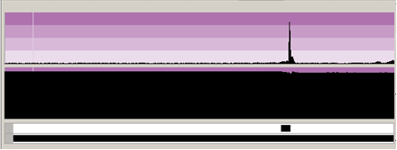
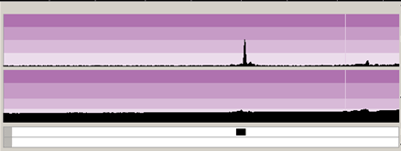
Figure 3 and 4: Indication from a 10/2-gauge wire and 12/2-gauge wire
Since Eddy Current is a comparative testing technique, it is recommended that samples from actual production be supplied to the Eddy Current instrumentation manufacturer a product-specific application study. For more details regarding this application or to carry out an application study for your House Wire products please contact FOERSTER.